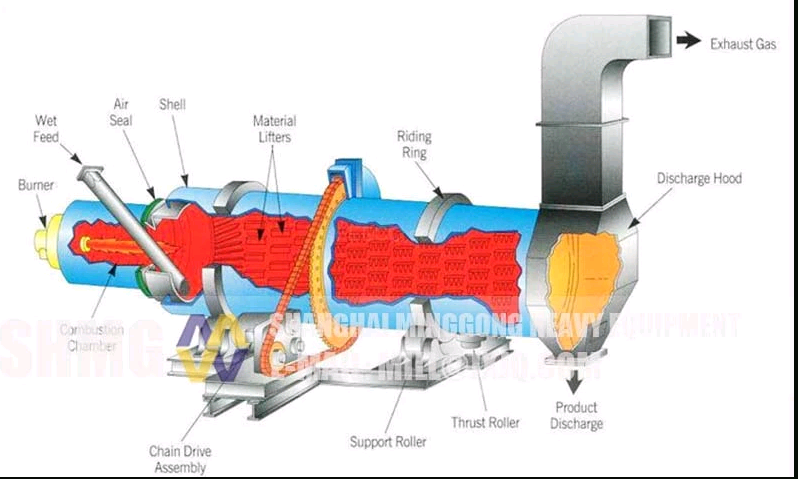Contents
First 50kW solar cement kiln will be tested throughout 2019

Attention : click here to Download Most Important books + manuals + excel sheets + formulas + everything you should know in Cement industry , CLICKHERE NOW
the launch of the first solar reactor operating at 800-1000˚C, using rotary kiln and a horizontal bubbling fluidised bed, to manufacture cement is a step nearer. The Solar Thermal Treatment of Non-Metallic Minerals (SOLPART) is preparing to move from the lab to an industrial-sized test plant.
“We have tested a fluidised bed system at the level of between 10kW and 20kW and now we are commissioning a pilot scale reactor with power of between 30kW and 50kW, able to treat 50kg/h calcium carbonate,” said author Gilles Flamant, director of the CNRS-PROMES reactor in France.
The 50kW solar reactor is already built and the pilot-scale test is due to run throughout 2019 with all of its data collected and analysed, starting in February.
“The next step is to test this pilot scale reactor with various particles during a long period of time in order to check if we can obtain very easily the target; the calcination of the particles,” Mr Flamant said.
“We need to make all the heat and mass balance, and also evaluate the capacity of the system to be applied at large-scale in the phosphate and lime and cement industries by looking at the technology part, and the environmental impact part, but also at the cost part.”
One of the issues that the SOLPART H2020 project is to solve results from the need for the reactor wall to reach a higher temperature than the particles of lime or cement being heated on the other side. The reactor design must also create the precise temperatures required for the reaction in the particles.
Solar heat can supply 100 per cent of the total required energy for the calcination of CaCO3 (calcium carbonate). Substituting 100 per cent of fossil fuel consumption with solar heat results in avoiding 40 per cent of CO2 emissions from fossil energy use in calcination.
In a cement plant the initial calcination step accounts for about 60 per cent of the total energy consumption. For the initial step in the calcination process at 900˚C the SOLPART reactor would be just 1m long and about half a metre high to move the particles through a bubbling horizontal fluidised bed. Researchers are even more optimistic that SOLPART can replace fossil fuels by 100 per cnet in the production of lime.
The SOLPART pilot plants are currenlt located in Germany, and at France’s National Centre for Scientific Research CNRS-PROMES (PROcédés, Materials and Solar Energy).
Very interesting information